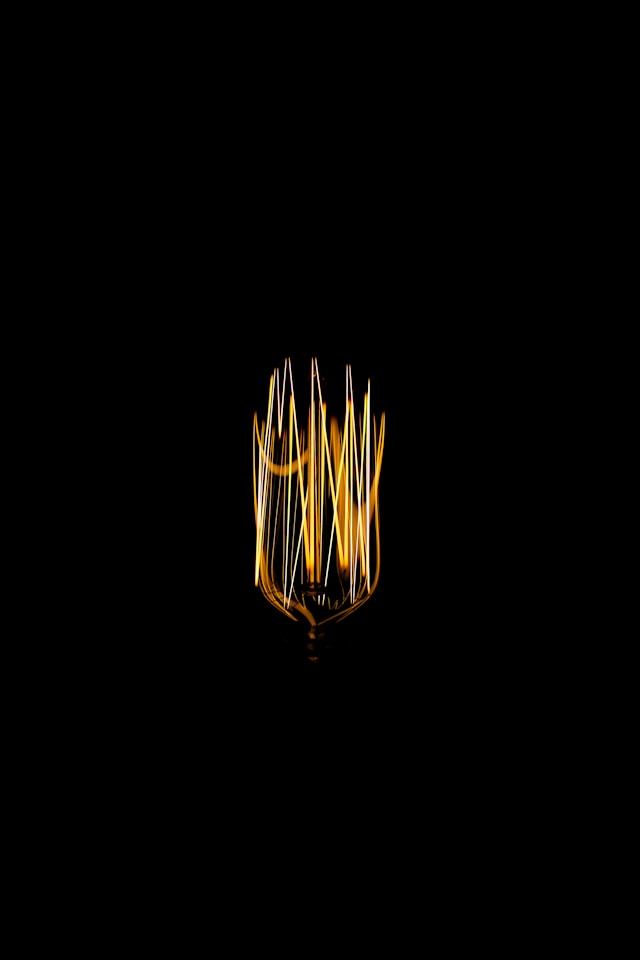Glow sticks are a popular choice for everything from party accessories to vital safety tools, thanks to their unique ability to provide light without heat or flames. This article explores the chemistry that powers glow sticks, their various applications, and tips for safe use, ensuring that these versatile tools are both fun and functional.
The Chemistry Behind Glow Sticks
The luminescence in “glow sticks” is achieved through a process known as chemiluminescence, which involves a chemical reaction that produces light without heat. Inside each glow stick, a sealed glass vial contains hydrogen peroxide, surrounded by a solution of phenyl oxalate ester and a fluorescent dye in the main plastic tube. When the stick is bent, the glass vial breaks, allowing the two solutions to mix. This causes the hydrogen peroxide to oxidize the phenyl oxalate ester, releasing energy that excites the dye molecules and causes them to glow brightly.
Applications Beyond Entertainment
While often associated with entertainment, glow sticks have several practical applications that make them indispensable in certain situations:
- Emergency lighting: During power outages or natural disasters, glow sticks provide immediate, reliable light without the risk of fire, making them safer than candles or lanterns.
- Safety markers: In outdoor settings, they can be used to mark trails or campsites, or to keep track of group members in low-light conditions.
- Search and rescue: Because they are waterproof and can be seen from a distance, glow sticks are used to mark locations and paths in search and rescue operations.
Safe Use of Glow Sticks
To ensure safety and effectiveness, it’s important to use glow sticks properly:
- Do not puncture or cut the glow stick: This can lead to leaks, which could cause irritation if the chemicals come into contact with skin or eyes.
- Avoid exposure to excessive heat: Heat can cause the chemicals in glow sticks to activate prematurely, so store them in a cool, dry place until needed.
- Proper disposal: Once a glow stick has been used, it should be disposed of properly. Despite containing chemicals, they are generally safe when handled correctly but should be kept out of reach of small children and pets.
Environmental Impact
While glow sticks are incredibly useful, they are not without environmental impact due to their disposable nature and the chemicals they contain. Users are encouraged to consider the environmental effects of their use and to dispose of glow sticks in a way that minimizes potential harm to the environment.
Conclusion
Glow sticks serve as a brilliant example of how simple chemical reactions can provide practical solutions in everyday life. From lighting up a concert to ensuring safety in emergency situations, they offer a reliable source of light that is safe and easy to use. Understanding the science behind them and adhering to safety guidelines can help users make the most of glow sticks in a responsible manner.
